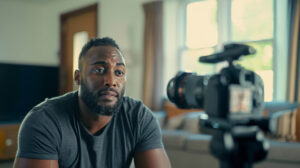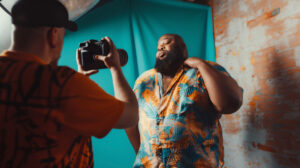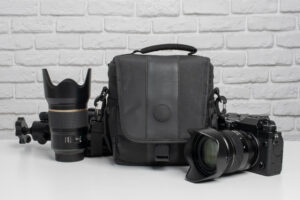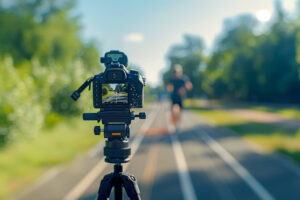Welcome to the ultimate guide to professional photography lighting! If you’ve ever wondered how to make your photos look like they belong in a glossy magazine, you’re in the right place. Lighting is everything in photography, and mastering it can take your shots from meh to magnificent.
1. Understand the Basics of Light
Before we dive into the fancy stuff, let’s start with the basics. Light has three main qualities: intensity, color, and direction. Play around with these elements to see how they affect your photos. It’s like discovering the magic formula for the perfect shot.
2. Natural Light: Your Best Friend
Natural light is free, abundant, and can be incredibly beautiful. Shoot during the golden hour (right after sunrise or before sunset) when the light is soft and warm. Avoid the harsh midday sun unless you’re going for that high-contrast look.
3. Mastering Indoor Lighting
When shooting indoors, position your subject near a window to take advantage of natural light. If the light is too harsh, diffuse it with a sheer curtain. No window? No problem. Use lamps, LED panels, or even your smartphone’s flashlight in a pinch.
4. The Magic of Reflectors
Reflectors are a photographer’s secret weapon. They bounce light onto your subject, filling in shadows and creating a balanced look. They come in various colors (white, silver, gold) for different effects. You can even use a piece of white poster board in a pinch.
5. Flash Photography: Not as Scary as It Seems
Flash can be intimidating, but it’s a lifesaver in low-light situations. Avoid the dreaded “deer in headlights” look by bouncing the flash off a wall or ceiling. This creates a softer, more natural light. And remember, practice makes perfect!
6. Studio Lighting 101
Setting up a home studio? Invest in a basic lighting kit with softboxes, umbrellas, and light stands. Softboxes diffuse light for a soft, even glow, while umbrellas reflect light for a brighter, more focused look. Experiment with different setups to find what works for you.
7. Understanding Light Modifiers
Light modifiers like diffusers, gels, and snoots can change the quality and color of your light. Diffusers soften harsh light, gels add color, and snoots create a focused beam. These tools let you get creative and control every aspect of your lighting.
8. The Power of Backlighting
Backlighting can create stunning silhouettes and dramatic effects. Position your subject between the camera and the light source, and expose for the background. This technique is great for creating mood and depth in your photos.
9. Continuous vs. Strobe Lighting
Continuous lighting is always on, making it easier to see how the light affects your subject. Strobe lighting, on the other hand, is a powerful burst of light that can freeze motion. Both have their advantages, so choose based on your needs and style.
10. Lighting Ratios and Shadows
Understanding lighting ratios helps you control contrast and shadow in your photos. A 1:1 ratio (equal light on both sides) creates flat, even lighting. A 3:1 ratio (one side three times brighter) adds depth and dimension. Play around with ratios to find your signature look.
Lighting is the key to professional-looking photos. By understanding and experimenting with different lighting techniques, you can elevate your photography game. So grab your camera, play with light, and watch your photos transform!




